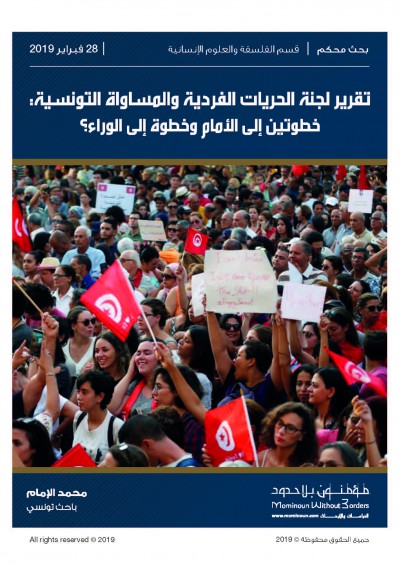Livestock watering practices in the Moroccan pre-Sahara [Ressource électronique] : their effects on water and nutrient metabolism of sheep in different body conditions / El Mostafa Dafraoui
نوع المادة : نصوصف:1 vol. (175 p.)الموضوع:تصنيف DDC:
نصوصف:1 vol. (175 p.)الموضوع:تصنيف DDC:- 333.74096442 23A
- 333
| نوع المادة | المكتبة الحالية | رقم الطلب | رقم النسخة | حالة | تاريخ الإستحقاق | الباركود | |
|---|---|---|---|---|---|---|---|
|
|
Bibliothèque centrale Intranet | INTRANET (إستعراض الرف(يفتح أدناه)) | 1 | المتاح | PDF58302301 |
Browsing Bibliothèque centrale shelves, Shelving location: Intranet إغلاق مستعرض الرف(يخفي مستعرض الرف)
Doctor of philosophy : Range science : Utah State University : 1998
Bibliogr. p. 129-138
A field survey and a metabolism experiment were conducted to study livestock watering practices in the Moroccan Pre-Sahara and their changes with drought extent, season, ecological zone, pastoral system, and herd size. The metabolism experiment was designed to determine effects of once per 2 days (ID), once daily and twice daily drinking frequencies, and high and low body conditions on water and nutrient utilization by sheep fed high- and low-quality diets. The way herds are managed in this region exposes all sex and age categories o f animals to food and water shortages during annual dry seasons and occasional droughts. Livestock are commonly watered once daily in warm seasons, but in the winter they are dominantly watered once every other day. Distance of herders' headquarters from water averaged 4.6 km, but 27.6% o f herders reside farther than the 5 km recommended distance from water sources. The proportion o f herds not able to satisfy their complete requirements attains 28% in summer. Out-of-pocket cost o f water hauling averaged 0.0270 Dirham, but was higher when water was trucked instead of transported by equines. A careful water development associated with adequate range management is recommended. Results of the metabolism experiment showed that thin rams had higher dry matter (DM) intake and nitrogen retention than did fat rams, but the digestive capacity o f fat and thin rams was similar. ID did not affect Beni Guil sheep's water-to-DM-intake ratio, but induced a drop in DM intake o f both diets. ID improved nitrogen balance by 40% as compared to daily drinking. When compared with fat rams, thin rams were more efficient in water utilization, but had higher water turnover, which allowed them to excrete excess waste coming from their higher feed intake. ID is undesirable when production or compensatory growth is the goal, but when animals are thin and feed quality is low, it has the advantage o f improving nitrogen retention and allowing animals to graze at least two days walking distance from the water point without need for water transportation. Twice-daily drinking proved to be o f a limited effect on all measured parameters.
لا توجد تعليقات على هذا العنوان.







